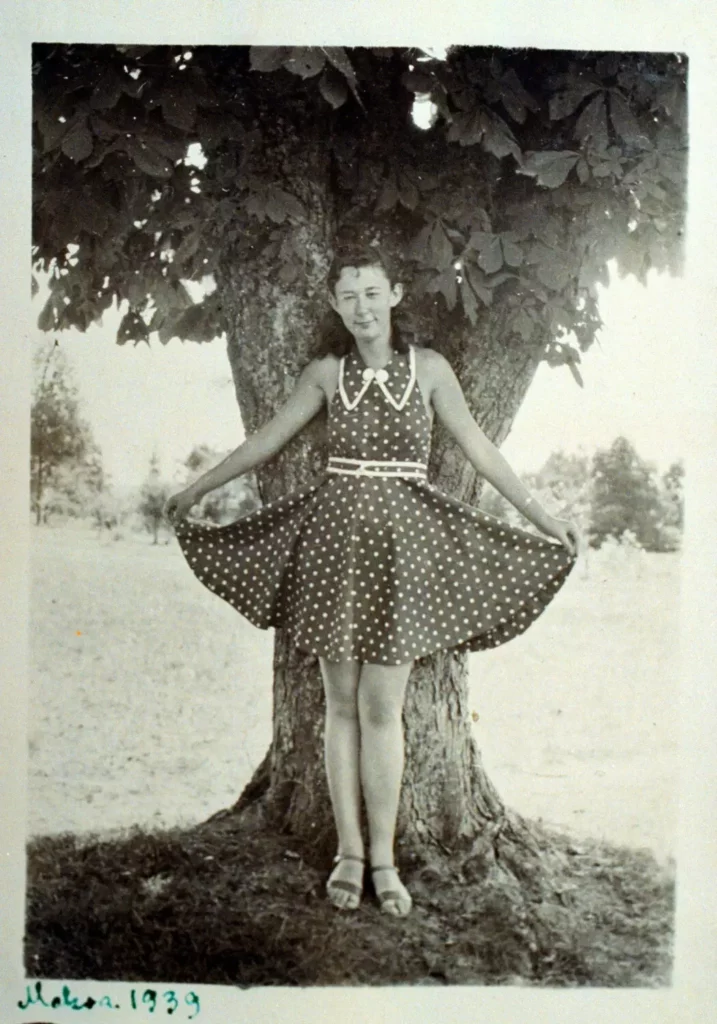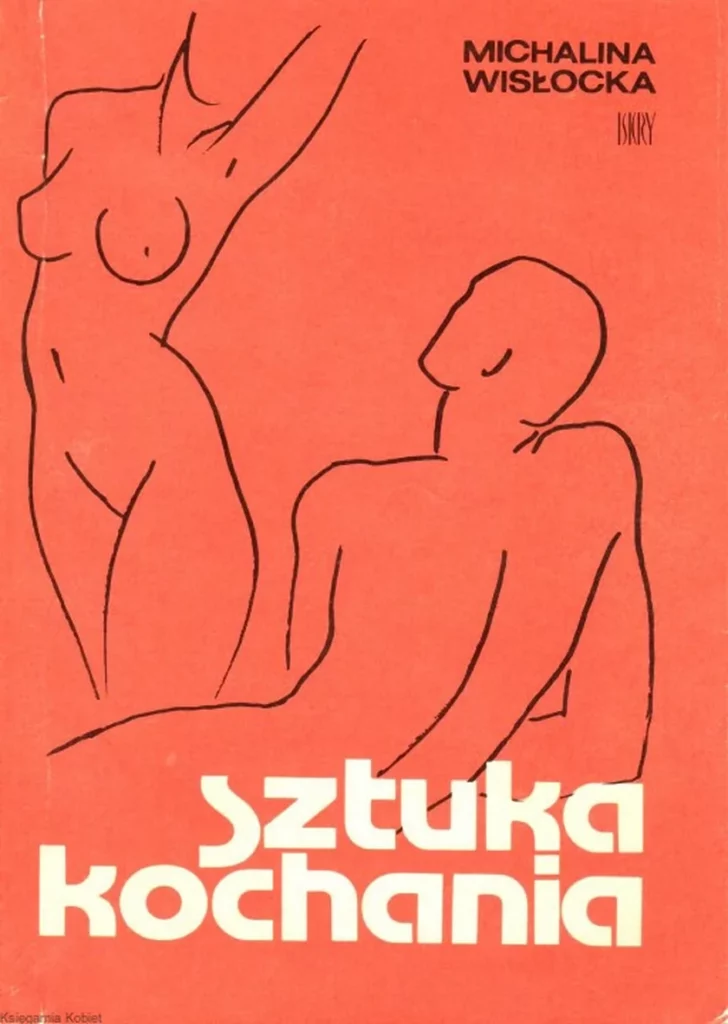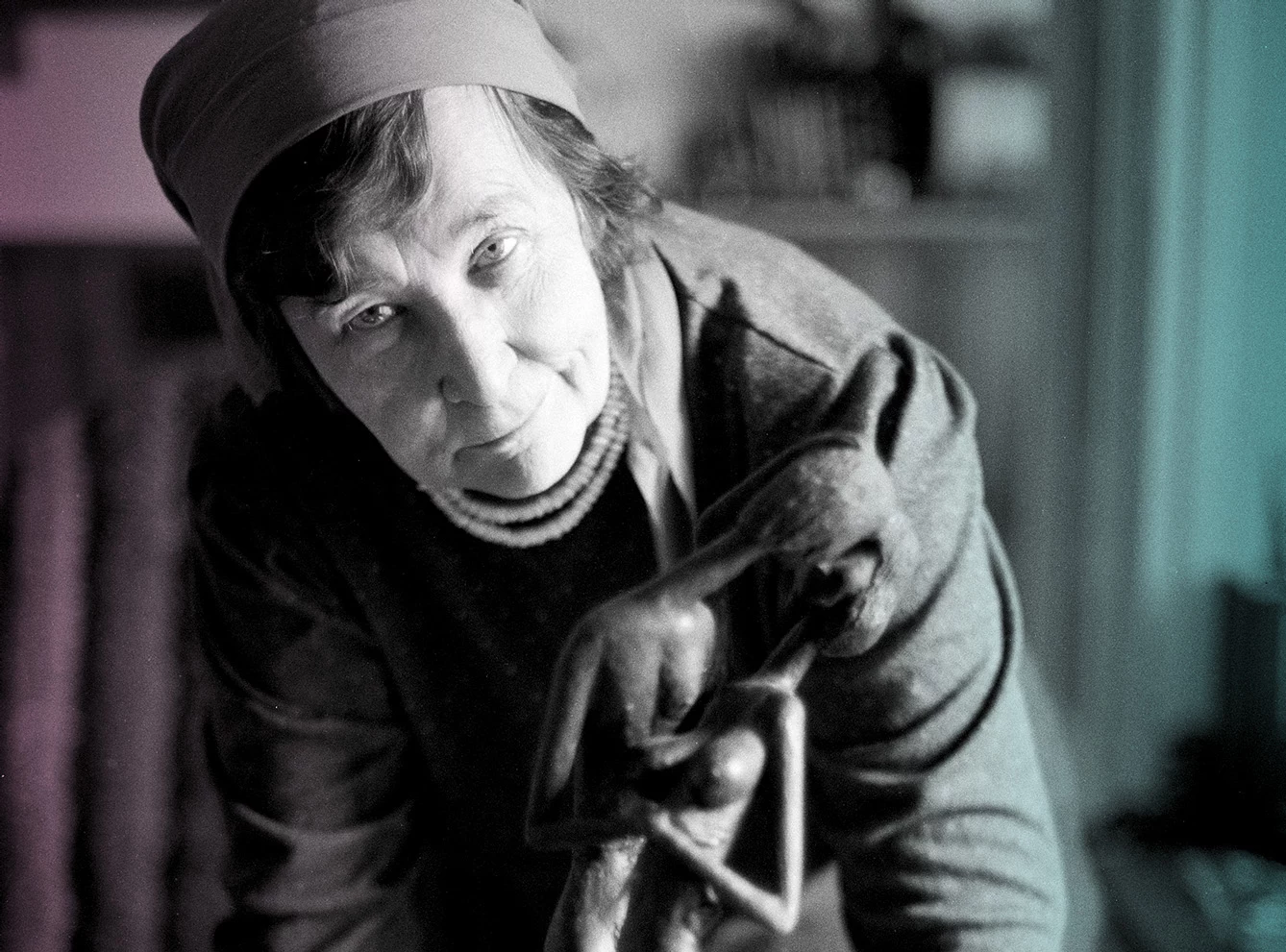A book on the history of sex under communism would be an interesting read. And its chapter on official ideology, social narrative, and how-to proposals would have been rated suitable even for six-year-olds. Not that sex elsewhere in the early capitalism of the 1950s, 60s, and 70s wasn’t muted. Still, socialism focused solely on function and necessity, shunning indulgent pursuits in all facets of life, including those in the bedroom.
Michalina Wisłocka: a sexual liberator
This is why people desperately needed figures like Michalina Wisłocka, a Polish sexologist who made intercourse public and took it into bookstores. With her 1978 book “Sztuka kochania” (“The Art of Love”), she broke a basic taboo when it came to sex by letting the public in on an open secret: everyone’s doing it, many really enjoy it, and everyone else can enjoy it, too.

Wisłocka’s daughter claims she likely had Asperger’s Syndrome, though the condition was not something that was diagnosed at the time. She was 18 years old when WWII broke out and soon began working in a hospital in German-occupied Warsaw. She became a medical doctor in the fifties, specializing in gynecology, cytology, and embryology.
And on a random note, she was, at one point, called the worst dressed woman in socialist Poland – a title you’d expect would take some effort given the very limited scope of fashions available at the time.
It may seem that Wisłocka herself turned her sexual drive into science. While later in life, she was comfortable with her sexuality and even had an open marriage, in her early life, she is portrayed as mostly asexual.
Wisłocka’s somewhat romanticized biography suggests that the gynecologist only took an interest in sex later in life when she “met the right man.” As conservative as the myth sounds, it fits nicely into all the controversy regarding what happened next.
Art of Love or Marital Bliss?
And what happened was a book called “Sztuka kochania,” literally translated as “The Art of Love,” though it was published in English under the title “A Practical Guide to Marital Bliss.” The original Polish edition in 1978 became an easy target for the morally conservative socialist censorship. (*The current popular association of socialism with libertinism didn’t work in the Eastern Bloc.)

In chapters of her book, Michalina Wisłocka gives practical advice on conception and contraception. However, she also serves as a socialist version of the sexologists Masters and Johnson, bringing people the joy of sex. She gave advice on foreplay, presented unknown (or more likely unspoken of) sexual positions, and shared popular psychology on how to rekindle a relationship.
Her approach is (especially today) somewhat conservative, avoiding mentions of gay sex and affirming gender roles she, herself, never fulfilled. Nonetheless, her take on subjects and the fact the book even existed in the first place was a phenomenon. And a scandal.
The book, published on cheap paper with black and white illustrations of human figures having sex and tactical instructions giving “directions of attack,” was an instant hit.
Poles for sexual liberation
Poles craved any form of sexual liberation, and this book provided it to them. You can say that at least one generation of today’s sixty-somethings was raised on it. And maybe, just maybe, it could be argued that some members of later generations are here today thanks to the book’s guidance.
Michalina Wisłocka lived long enough to see the change in openness about sexuality in society. In her seventies, in the late 1990s, she attended talk shows and enjoyed fame as the mother of Polish sexuality. She died in 2005, some quarter a century after the revolution she sparked.







